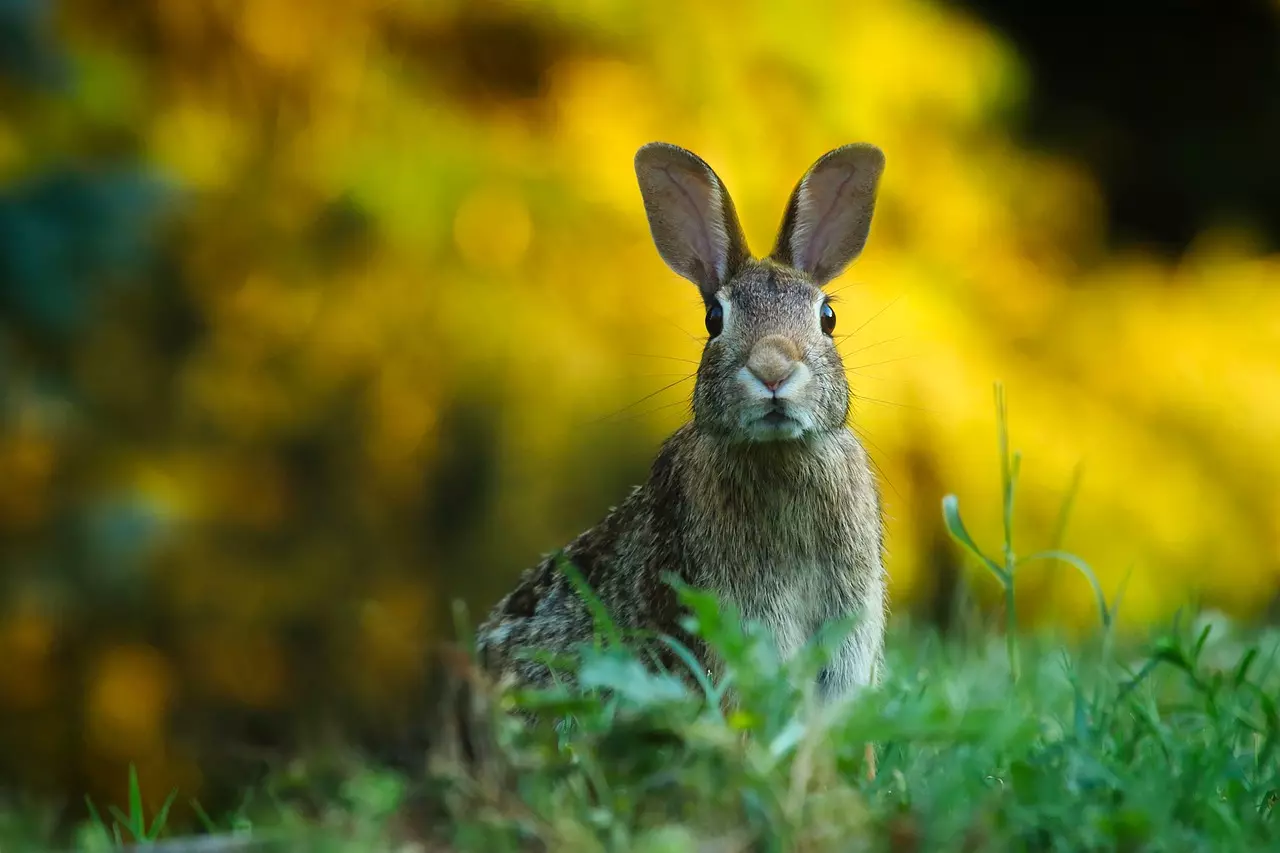Blind Animals – How Do They Survive?
2018-07-05 | By Orcam Staff

We are not the only species that experience blindness. While there are animal species that are born blind and navigate the world throughout their entire lives that way, there are also those which become blind later in life due to conditions such as glaucoma. The species which are blind by design are well-equipped to handle their environment and the challenges it presents them. Those which become blind due to disease are ill-prepared to survive such a predicament without support.
So, how do animal species which are born blind navigate their environments and survive? What about those which become blind later in life? Read on to learn about blindness in animals.
Blind Species
Blind species mostly fall under the nocturnal or subterranean categories. They spend much of, if not all of their time in the dark. They are born into darkness, and so they have little need for the sense of sight. Their other senses more than compensate for it. Cave dwellers are called troglobites and are generally blind or have poor vision.
Kaua’i Cave Wolf Spider – This spider is actually known as the “blind spider,” as it has no eyes. It is native to Hawaii and can only be found in a few caves in the Kōloa–Poʻipū region of Kauaʻi.

Olm – An aquatic, cave-dwelling salamander, it is mostly found in Central and Southeastern Europe. It is blind due to having undeveloped eyes, however, it compensates by having acutely developed senses of smell and hearing.

Brahminy Blind Snake – Also known as indotyphlops braminus, this nonvenomous snake is found mainly in Africa and Asia. It is rendered almost entirely blind due to translucent scales which cover its eyes.
Brazilian Blind Characid – Also know as the blind tetra, this species of fish is native to northern Brazil. It is a solitary fish, is blind, and lacks pigmentation.
Star-Nosed Mole – Found in northern North America, the star-nosed mole uses its snout, which has more than 25,000 sensory receptors, as a touch organ. The snouts function is necessary, as the star-nosed mole is blind.

Blind Crayfish – Unique to Florida and Georgia in the United States, this crayfish was listed as a vulnerable species in 1996. It has since been recategorized as “Least concern.” It has a life expectancy of more than 20 years
Hydra – This fresh-water organism is extremely intriguing, as it does not seem to age at all. It relies on light to detect and kill its prey. It could be one of the first creatures to hadevelop light sensitivity.
Blindness in Animals

Just like humans, animals can become blind as well. Blindness in animals can be caused by many of the same things that cause blindness in humans. An example that many who have pet dogs end up experiencing is glaucoma. Cats suffer less often, and early warning signs are often missed. Early treatment of domesticated animals suffering from eye-related diseases is essential. It is not always so simple to catch the warning signs. Many species of mammals, such as rabbits, are actually born blind (born with their eyes closed and eyelids fused together), with their eyes opening a little while later.
Of course, treatment exists for animals with blindness, however, not to the extent that it does with humans. No high tech device, such as the OrCam MyEye 2, smart canes, or braille displays exist for the benefit of animals. There are some innovative, low-tech devices that exist, such as Muffin’s Halo.
Select Your Country/ Region
Europe
United Kingdom
English
Ireland
English
France
Français
España
Español
Deutschland
Deutsch
Italia
Italiano
Portugal
Português
România
Română
Nederland
Nederlands
Danmark
Dansk
Norge
Norsk
Middle East
ישראל
עברית



